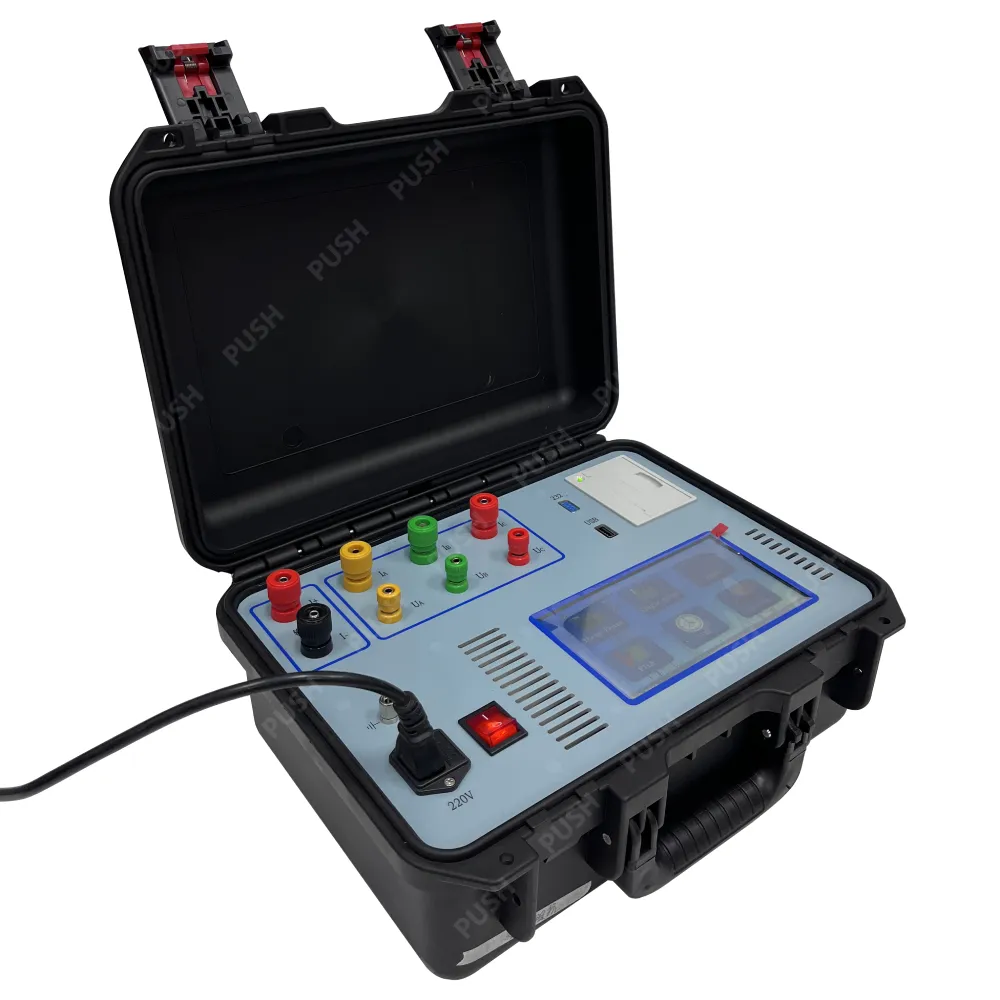 English
English



-
 Afrikaans
Afrikaans -
 Albanian
Albanian -
 Amharic
Amharic -
 Arabic
Arabic -
 Armenian
Armenian -
 Azerbaijani
Azerbaijani -
 Basque
Basque -
 Belarusian
Belarusian -
 Bengali
Bengali -
 Bosnian
Bosnian -
 Bulgarian
Bulgarian -
 Catalan
Catalan -
 Cebuano
Cebuano -
 China
China -
 China (Taiwan)
China (Taiwan) -
 Corsican
Corsican -
 Croatian
Croatian -
 Czech
Czech -
 Danish
Danish -
 Dutch
Dutch -
 English
English -
 Esperanto
Esperanto -
 Estonian
Estonian -
 Finnish
Finnish -
 French
French -
 Frisian
Frisian -
 Galician
Galician -
 Georgian
Georgian -
 German
German -
 Greek
Greek -
 Gujarati
Gujarati -
 Haitian Creole
Haitian Creole -
 hausa
hausa -
 hawaiian
hawaiian -
 Hebrew
Hebrew -
 Hindi
Hindi -
 Miao
Miao -
 Hungarian
Hungarian -
 Icelandic
Icelandic -
 igbo
igbo -
 Indonesian
Indonesian -
 irish
irish -
 Italian
Italian -
 Japanese
Japanese -
 Javanese
Javanese -
 Kannada
Kannada -
 kazakh
kazakh -
 Khmer
Khmer -
 Rwandese
Rwandese -
 Korean
Korean -
 Kurdish
Kurdish -
 Kyrgyz
Kyrgyz -
 Lao
Lao -
 Latin
Latin -
 Latvian
Latvian -
 Lithuanian
Lithuanian -
 Luxembourgish
Luxembourgish -
 Macedonian
Macedonian -
 Malgashi
Malgashi -
 Malay
Malay -
 Malayalam
Malayalam -
 Maltese
Maltese -
 Maori
Maori -
 Marathi
Marathi -
 Mongolian
Mongolian -
 Myanmar
Myanmar -
 Nepali
Nepali -
 Norwegian
Norwegian -
 Norwegian
Norwegian -
 Occitan
Occitan -
 Pashto
Pashto -
 Persian
Persian -
 Polish
Polish -
 Portuguese
Portuguese -
 Punjabi
Punjabi -
 Romanian
Romanian -
 Russian
Russian -
 Samoan
Samoan -
 Scottish Gaelic
Scottish Gaelic -
 Serbian
Serbian -
 Sesotho
Sesotho -
 Shona
Shona -
 Sindhi
Sindhi -
 Sinhala
Sinhala -
 Slovak
Slovak -
 Slovenian
Slovenian -
 Somali
Somali -
 Spanish
Spanish -
 Sundanese
Sundanese -
 Swahili
Swahili -
 Swedish
Swedish -
 Tagalog
Tagalog -
 Tajik
Tajik -
 Tamil
Tamil -
 Tatar
Tatar -
 Telugu
Telugu -
 Thai
Thai -
 Turkish
Turkish -
 Turkmen
Turkmen -
 Ukrainian
Ukrainian -
 Urdu
Urdu -
 Uighur
Uighur -
 Uzbek
Uzbek -
 Vietnamese
Vietnamese -
 Welsh
Welsh -
 Bantu
Bantu -
 Yiddish
Yiddish -
 Yoruba
Yoruba -
 Zulu
Zulu
Differential Stability Assessment Methodology for Transformer Performance Evaluation and Analysis
Differential Stability Test of Transformers An Overview
Transformers are critical components in electrical power systems, playing essential roles in voltage transformation, energy transmission, and system reliability. To ensure the operational integrity of transformers, particularly during fault conditions, differential stability tests are employed. These tests help in identifying the performance and stability of transformer protection systems, ensuring that they can effectively differentiate between fault conditions and normal operating conditions.
The differential stability test focuses on the concept of differential protection, which is based on the principle of comparing the current entering and leaving a transformer. This method is designed to detect internal faults by measuring the differences in current. In an ideal scenario, under normal operating conditions, the difference should be negligible. However, if a fault occurs, the differential current will increase, triggering protective measures to isolate the transformer from the system.
differential stability test of transformer

During the differential stability test, several factors are analyzed to determine the effectiveness of the protective relays. These include the rating of the transformer, the characteristics of the current transformers (CTs) used, and the settings of the relay system. By conducting controlled test scenarios, engineers can evaluate the relay's responses to various fault conditions, ensuring that it reacts appropriately without unwanted tripping during transient events.
One of the significant challenges in differential testing is ensuring that the test conditions accurately simulate real-world scenarios. Engineers often use specialized testing equipment to apply fault conditions, monitoring the relay performance closely. It is vital that the test assesses both the sensitivity and stability of the relay. A sensitive relay will trip for small differencing currents, but if it is overly sensitive, it may misoperate and trip unnecessarily during normal fluctuations.
In conclusion, the differential stability test of transformers is a critical aspect of ensuring the reliability and safety of power systems. By rigorously assessing the performance of differential protection systems, utility providers can mitigate the risks associated with transformer failures. As the electrical grid continues to evolve, with growing complexity and integration of renewable sources, such testing becomes even more crucial. This ensures not only the efficient operation of transformers but also the overall stability of the electrical network, contributing to a steady and reliable power supply for consumers. Effective differential stability tests safeguard against unexpected outages and enhance the resilience of the electrical infrastructure.
-
Testing Equipment Industry Sees Major Advancements in 2025: Smart & Precision Technologies Lead the WayNewsJun.06,2025
-
Applications of Direct Current Generators in Renewable Energy SystemsNewsJun.05,2025
-
Hipot Tester Calibration and Accuracy GuidelinesNewsJun.05,2025
-
Digital Circuit Breaker Analyzer Features and BenefitsNewsJun.05,2025
-
Benefits of Real-Time Power Quality Monitoring Devices for Industrial EfficiencyNewsJun.05,2025
-
Earth Fault Loop Testing in High-Rise Building Electrical SystemsNewsJun.05,2025



